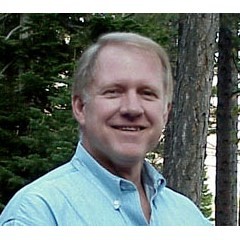
Edward Seykota in the circles of financial professionals enjoys a reputation as a virtuoso of trading operations and an extremely systematic trader. The preferences of this professional belong to the commodity exchange, but his development and experience are equally interesting to speculators earning on securities and currencies. It belongs to the first echelon of financiers who have begun to actively use computer technology to assess and analyze their own views.
The starting point in The Trading Biography of Edward Seikota was the slash of unprofitable trades in the second half of the 60s. This negative experience defined his distrust of the fundamental news, and also gave an important lesson to curb losses. Upon learning that the Ministry of Finance intends to suspend the sale of silver, Seikot, like dozens of other traders, has made an obvious conclusion about the upcoming price increase. In reality, the events have penetrated a different turnover: prices continued to fall, ignoring the news. Analyzing the reasons for his defeat, the financier came across articles by Richard Donchiyan, an analyst who earned the unofficial title of "father of trend strategies." Ideas of creating mechanical systems on this principle have proved their usefulness, largely influencing Edward Seikot's approach to earnings on stock exchange operations.
Collaborating with a large brokerage company in the 1970s, he developed and used one of the first electronic systems for financial management in his day-to-day operations. Despite the effectiveness of this approach, he was not satisfied with the position of management and he decided to earn his own money. Between 1972 and 1988, he achieved unprecedented returns by increasing the client's fortune from $5,000 to $250,000. This and several similar cases have provided Edward Seikota with a mention in the books of Mike Kavel a and Jack Schwager, as well as an undeniable reputation among stockmarket professionals.